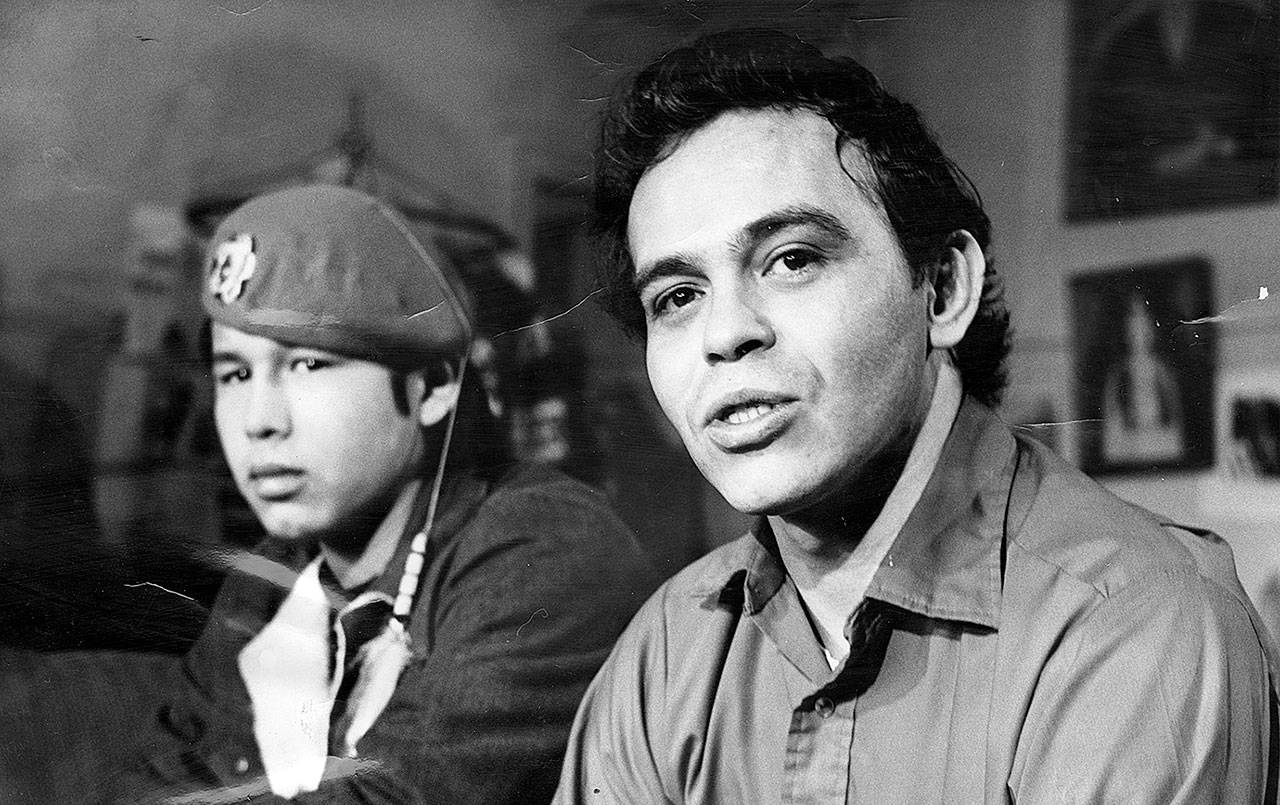Hank Adams stands as a towering figure in the history of Native American rights advocacy. Throughout his life, Adams dedicated himself to fighting for the sovereignty and rights of Native American tribes, playing a pivotal role in many groundbreaking movements and efforts that reshaped the legal and social landscape for Indigenous peoples. His story is one of resilience, vision, and unwavering commitment to social justice.
In this article, we will explore the life and legacy of Hank Adams, his contributions to Native American rights, and his enduring influence on contemporary activism for Indigenous peoples across the United States.
Who Was Hank Adams?
Hank Adams, born in 1942, is a member of the Assiniboine Sioux tribe and grew up on the Fort Peck Indian Reservation in northeastern Montana. As a young man, he was deeply influenced by the struggles and injustices faced by Native American communities, which led him to pursue a life of activism and advocacy.
Adams became involved in the Indian Civil Rights Movement, which emerged in the 1960s and 1970s, at a time when Native American communities were fighting against systemic discrimination, land dispossession, and cultural erasure. His education and understanding of Native American history, law, and policy fueled his desire to seek out solutions to the challenges facing his people.
Over the years, Hank Adams became a respected leader and one of the most prominent Native American advocates of his time. His tireless work in defending the sovereignty of Native tribes, securing land rights, and protecting Indigenous cultural practices left an indelible mark on the Native American rights movement.
The Struggle for Native American Sovereignty
One of Hank Adams’ most significant contributions was his role in the fight for Native American sovereignty. Native sovereignty refers to the inherent authority of Indigenous nations to govern themselves, manage their resources, and make decisions regarding their culture, laws, and land. For centuries, Native American nations were subjected to the encroachment of the U.S. government, which sought to diminish tribal sovereignty and force assimilation.
Throughout the 1960s and 1970s, the Indian Rights Movement gained momentum, with Native American activists calling for greater autonomy and a return to self-governance. Hank Adams was a key figure in this movement, advocating for the restoration of tribal rights and the protection of Indigenous land.
One of his most high-profile efforts was his involvement in the 1964 case of Adams v. United States. This legal battle focused on the mismanagement of funds held in trust by the federal government on behalf of Native American tribes. The lawsuit challenged the government’s failure to properly manage the resources that belonged to Native tribes, leading to millions of dollars in damages. Adams’ efforts in this case, alongside other activists, highlighted the systemic neglect and exploitation faced by Native American communities at the hands of the U.S. government.
In the following years, Adams continued his advocacy, engaging in direct negotiations with federal officials and challenging policies that undermined Native sovereignty. Through his persistence and legal acumen, Adams was able to highlight the legal and ethical flaws in the U.S. government’s treatment of Native Americans, leading to some landmark reforms and legal victories.
Advocating for Native Land Rights

Another cornerstone of Hank Adams‘ activism was his fight for Native American land rights. From the moment European settlers arrived on the continent, Native American tribes were forcibly removed from their ancestral lands, resulting in a tragic loss of cultural heritage, resources, and autonomy. Over time, much of this land was taken under dubious legal and governmental mechanisms, often leaving tribes without the resources necessary to sustain their communities.
Hank Adams recognized the vital importance of land in maintaining the identity and well-being of Native peoples. He knew that access to land was not just a matter of economics; it was a matter of cultural survival. Without land, Indigenous peoples could not preserve their traditions, practices, or languages. Furthermore, the ability to control their land and resources was key to ensuring that Native tribes could build a sustainable future for their people.
Adams worked alongside various Native American groups to reclaim land that had been wrongfully taken from tribes or mismanaged by the federal government. One of his most significant successes was his work on the 1975 Indian Self-Determination and Education Assistance Act, which empowered Native tribes to take control of federal programs designed to benefit them, including those related to land and resource management.
In addition, Adams was involved in efforts to return land that had been taken under questionable circumstances. His advocacy extended to addressing the compensation owed to tribes for the land lost during the years of displacement. These legal battles were long and arduous, but Adams’ strategic leadership helped bring attention to the plight of Native communities and paved the way for future generations of activists to continue the fight.
Strengthening Native American Governance
Throughout his career, Hank Adams also emphasized the importance of strengthening the governance structures within Native American communities. Native tribes, many of which had been historically marginalized or ignored by the U.S. government, needed to build stronger, more effective leadership systems to advocate for their people.
Adams understood that in order to achieve true self-determination, Native communities needed to develop robust political and legal systems that reflected their cultural values and traditions. He worked tirelessly to empower tribal leaders, advocating for their election into government positions and pushing for reforms that would allow tribes to exercise greater autonomy.
One of his notable achievements in this area was his involvement in the creation of the National Indian Youth Council (NIYC) in the 1960s. This organization played a critical role in shaping the next generation of Native American leaders and activists. By fostering youth involvement, Adams and the NIYC were able to help bridge the generational divide and bring forward new voices that would continue the struggle for Native rights.
The Impact of Hank Adams on Native American Rights Today
Hank Adams’ legacy lives on through the continued advocacy for Native American rights and sovereignty. His work laid the groundwork for many of the legal reforms that Native communities benefit from today. Through his efforts, Adams helped to challenge the paternalistic policies of the federal government and encouraged a new era of self-determination for Native tribes.
In recent years, the Native American rights movement has gained greater visibility, with issues such as land reclamation, resource management, environmental protection, and cultural preservation coming to the forefront. Activists continue to build upon Adams’ work, drawing from the lessons of the past and advocating for a future in which Native American tribes are empowered to govern themselves and preserve their cultural identities.
One of the most significant areas of continuing advocacy is the fight for environmental justice, as many Native communities are on the frontlines of the climate crisis. Adams’ early efforts to protect land and resources have inspired contemporary movements such as the fight against pipelines and the protection of sacred lands from corporate exploitation. Native American communities continue to push for their rights to be respected and to have a greater say in the management of their lands and resources.
Conclusion
Hank Adams contributions to Native American rights are immeasurable. From his work in legal battles to his advocacy for land reclamation and tribal sovereignty, Adams dedicated his life to improving the lives of Native Americans and empowering their communities. His tireless activism and visionary leadership have had a profound impact on the Native American rights movement and continue to inspire future generations of activists.
As we reflect on the life of Hank Adams, we are reminded of the resilience and strength of Native American communities in the face of adversity. Adams’ legacy serves as a beacon of hope and a testament to the power of grassroots activism in effecting real change. His work is far from over; it lives on in the continued fight for Native American rights, justice, and sovereignty.
Through his unwavering commitment, Hank Adams not only changed the lives of Native Americans but also left an indelible mark on the larger landscape of social justice in the United States. The lessons he imparted about the importance of self-determination, empowerment, and cultural preservation continue to resonate today.
Also Read: Vincent Herbert New Wife







Leave a Reply